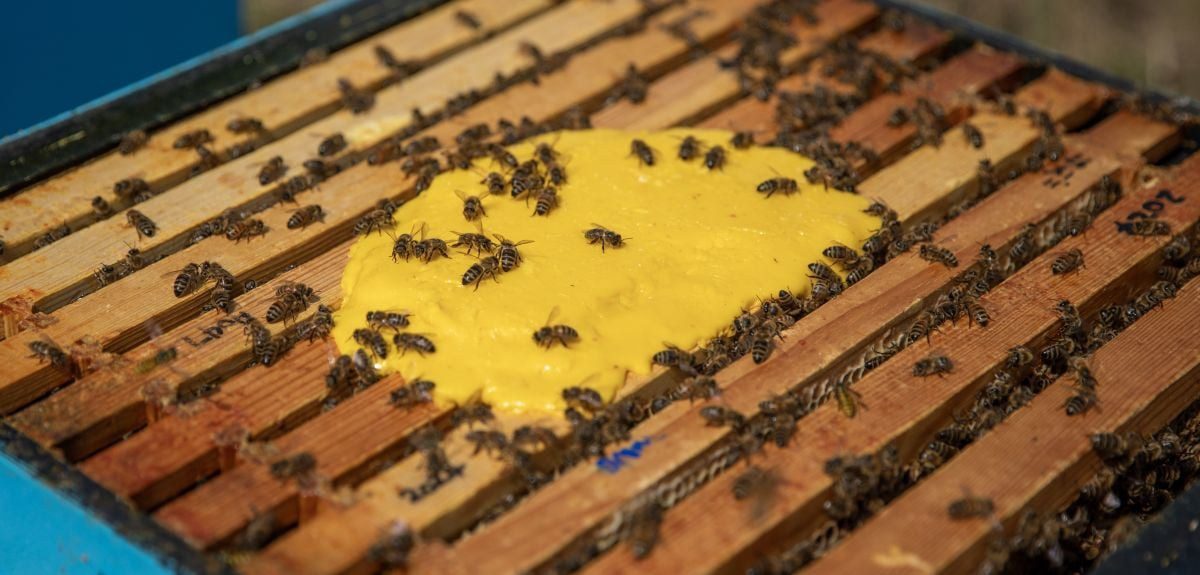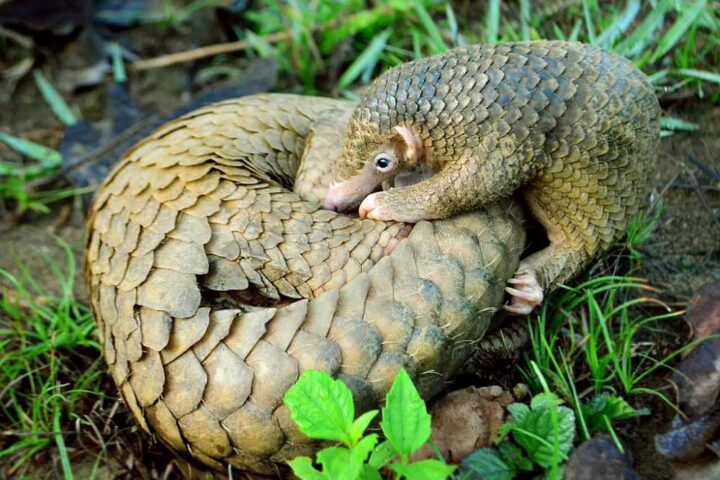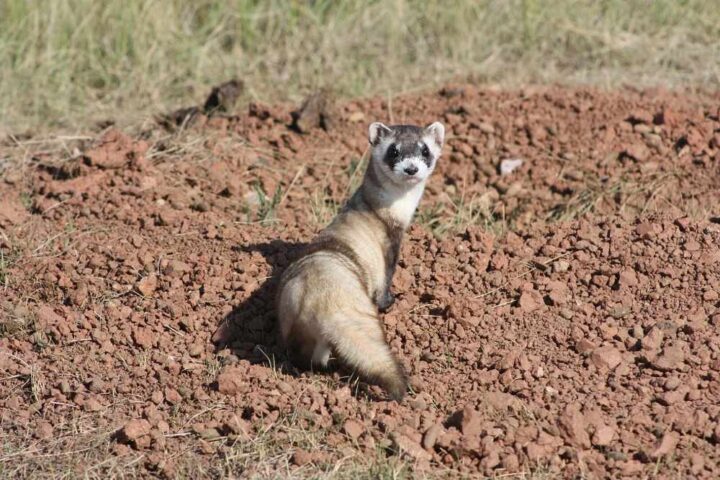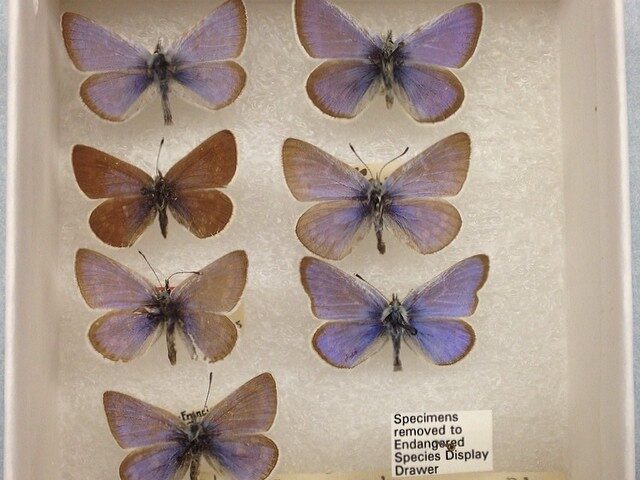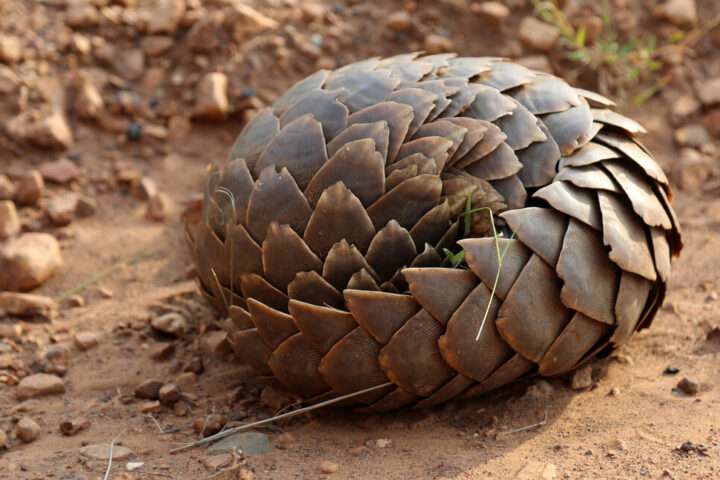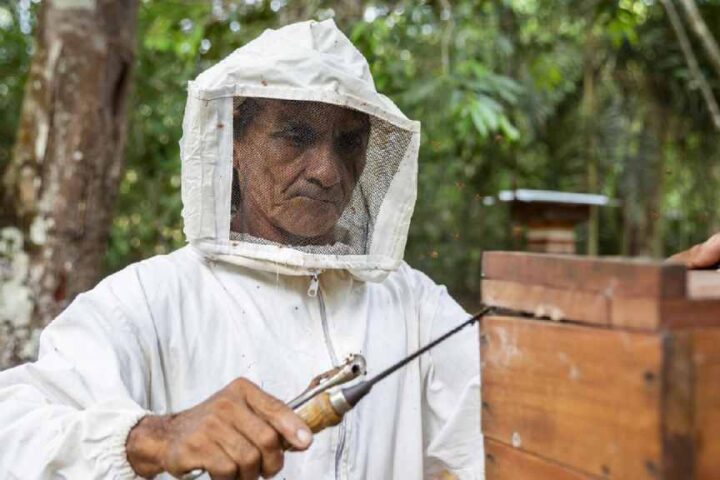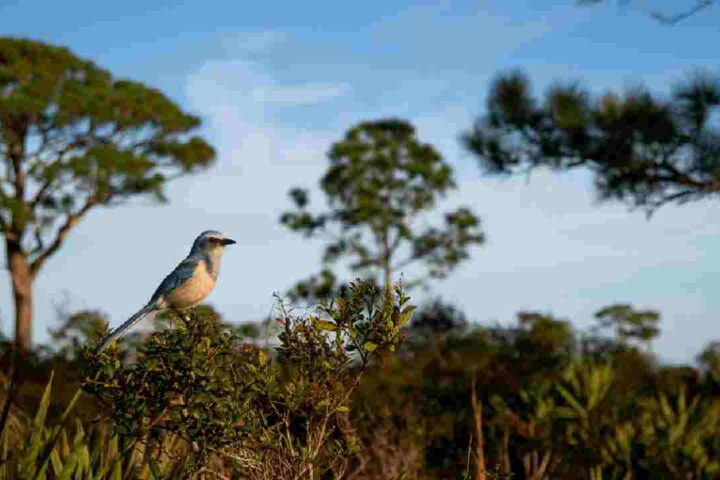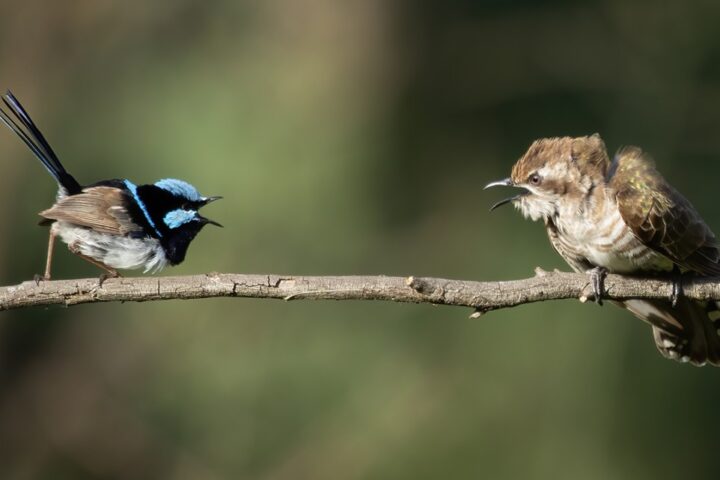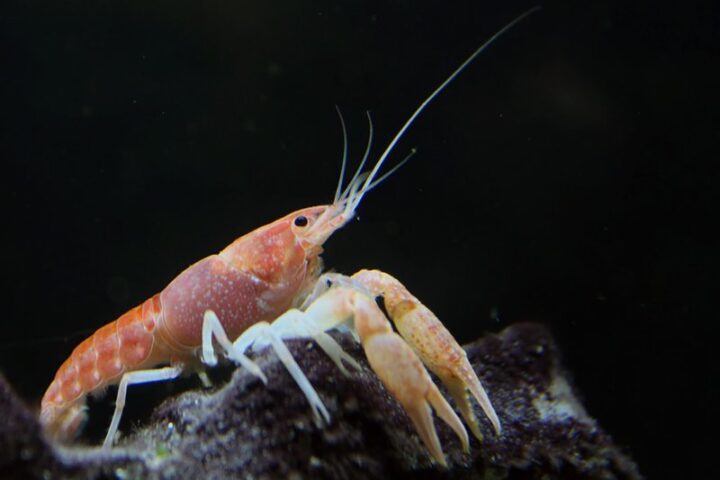In a promising development for struggling honeybee populations, University of Oxford researchers have created an engineered yeast supplement that dramatically boosts colony reproduction in controlled trials. The supplement, described in an August 20, 2025, Nature publication, addresses a critical nutrient gap in bees’ diets caused by declining floral diversity.
The Missing Ingredients
Climate change and agricultural intensification have reduced the variety of flowers available to honeybees, depriving them of essential nutrients found in pollen. Current commercial pollen substitutes—made from protein flour, sugars, and oils—lack crucial compounds called sterols that bees need for development.
“For bees, the difference between the sterol-enriched diet and conventional bee feeds would be comparable to the difference for humans between eating balanced, nutritionally complete meals and eating meals missing essential fatty acids,” explains Dr. Elynor Moore, lead author who conducted the research at Oxford and is now at Delft University of Technology.
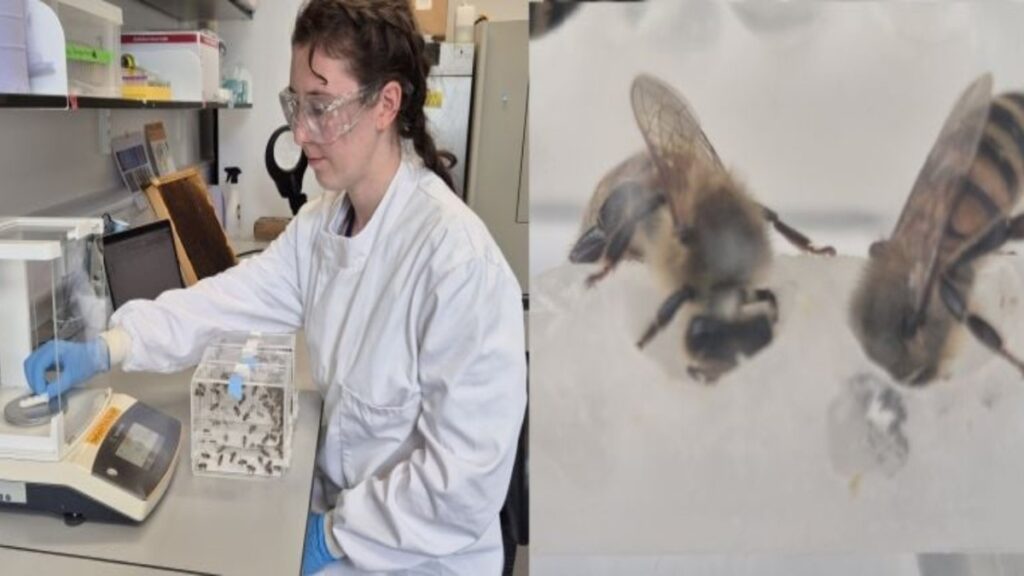
Similar Posts
Precision Nutrition Through Biotechnology
The Oxford team identified six specific sterols that dominate bee tissues: 24-methylenecholesterol, campesterol, isofucosterol, β-sitosterol, cholesterol, and desmosterol. Using CRISPR-Cas9 gene editing, they engineered the yeast Yarrowia lipolytica to produce these exact compounds.
This yeast was chosen for its high lipid content and industrial use; specific products made with Yarrowia lipolytica have received FDA GRAS letters, and EFSA has issued favorable safety assessments for certain Y. lipolytica biomass uses — regulatory review is product- and use-specific. The yeast is already used in aquaculture feed production.
The engineered yeast was grown in bioreactors, harvested, and dried into a powder for feeding trials.
Remarkable Results in Controlled Trials
During three-month feeding trials in enclosed glasshouses (to ensure bees only consumed the test diets), the results were striking:
- Colonies fed the sterol-enriched yeast reared up to 15 times more larvae to the viable pupal stage than colonies on control diets
- Colonies fed with the enriched diet were more likely to continue rearing brood to the end of the three months
- Control colonies on sterol-deficient diets ceased brood production by 90 days
- The sterol profile of larvae in test colonies matched that found in naturally foraging colonies
“Our study demonstrates how we can harness synthetic biology to solve real-world ecological challenges,” notes senior author Professor Geraldine Wright from Oxford’s Department of Biology. “Most of the pollen sterols used by bees are not available naturally in quantities that could be harvested on a commercial scale, making it otherwise impossible to create a nutritionally complete feed that is a pollen substitute.”
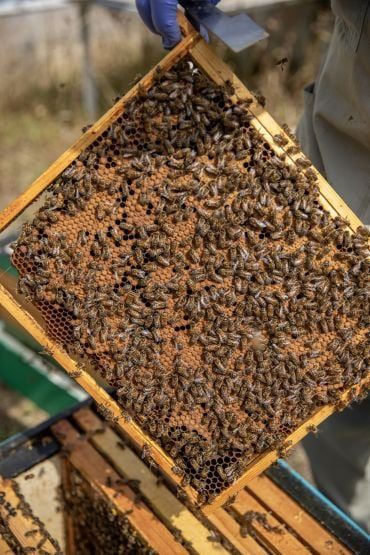
Timing Couldn’t Be More Critical
The supplement arrives at a desperate moment for bee populations. Over the past decade, annual commercial honey bee colony losses in the U.S. have typically ranged between 40 and 50%. In 2024-25, losses reached a record high, with a national overall loss of 55.6% and state-level results ranging from about 34% to over 90%, according to data from the Apiary Inspectors of America.
Danielle Downey, Executive Director of honeybee research nonprofit Project Apis m., called the discovery a potential “game changer” for colony survival. “We rely on honey bees to pollinate one in three bites of our food, yet bees face many stressors. Good nutrition is one way to improve their resilience to these threats, and in landscapes with dwindling natural forage for bees, a more complete diet supplement could be a game changer.”
Questions Beekeepers Are Asking
Is the engineered yeast safe? Yarrowia lipolytica has established safety records with both the FDA and European food safety authorities and is already used in food and feed applications. However, any new product would still require regulatory review for its specific use (approvals/evaluations are product- and use-specific; any new bee feed would require its own regulatory review).
Will it work in open field conditions? The Oxford study used enclosed glasshouse trials to control the bees’ diet precisely. Larger field trials in real-world conditions are still needed and would be the next step.
When might it be available? The Oxford team suggests the supplement could potentially be available to farmers within two years, though this timeline depends on successful field trials, regulatory approvals, and commercial scale-up.
Ecological Benefits Beyond Honeybees
The researchers suggest this technology could help reduce competition between managed honeybees and wild pollinators. “Honey bees are critically important pollinators for the production of crops such as almonds, apples, and cherries, and so are present in some crop locations in very large numbers, which can put pressure on limited wildflowers,” explains co-author Professor Phil Stevenson from Royal Botanic Gardens Kew and University of Greenwich. “Our engineered supplement could therefore benefit wild bee species by reducing competition for limited pollen supplies.”
The supplement was developed through collaborative research involving Oxford, Royal Botanic Gardens Kew, University of Greenwich, and the Technical University of Denmark, with funding from the Biotechnology and Biological Sciences Research Council, part of UK Research & Innovation.
What Comes Next
The Oxford team’s work demonstrates a promising nutritional intervention for honeybees. While nutrition alone won’t solve all challenges facing bee populations—including varroa mites, viral diseases, and pesticide exposure—it represents an innovative approach to strengthening colony resilience. The research shows how engineered yeast can provide essential nutrients otherwise unavailable at a commercial scale. Further field trials will determine whether these laboratory results translate to real-world benefits for agriculture and pollinator health.
